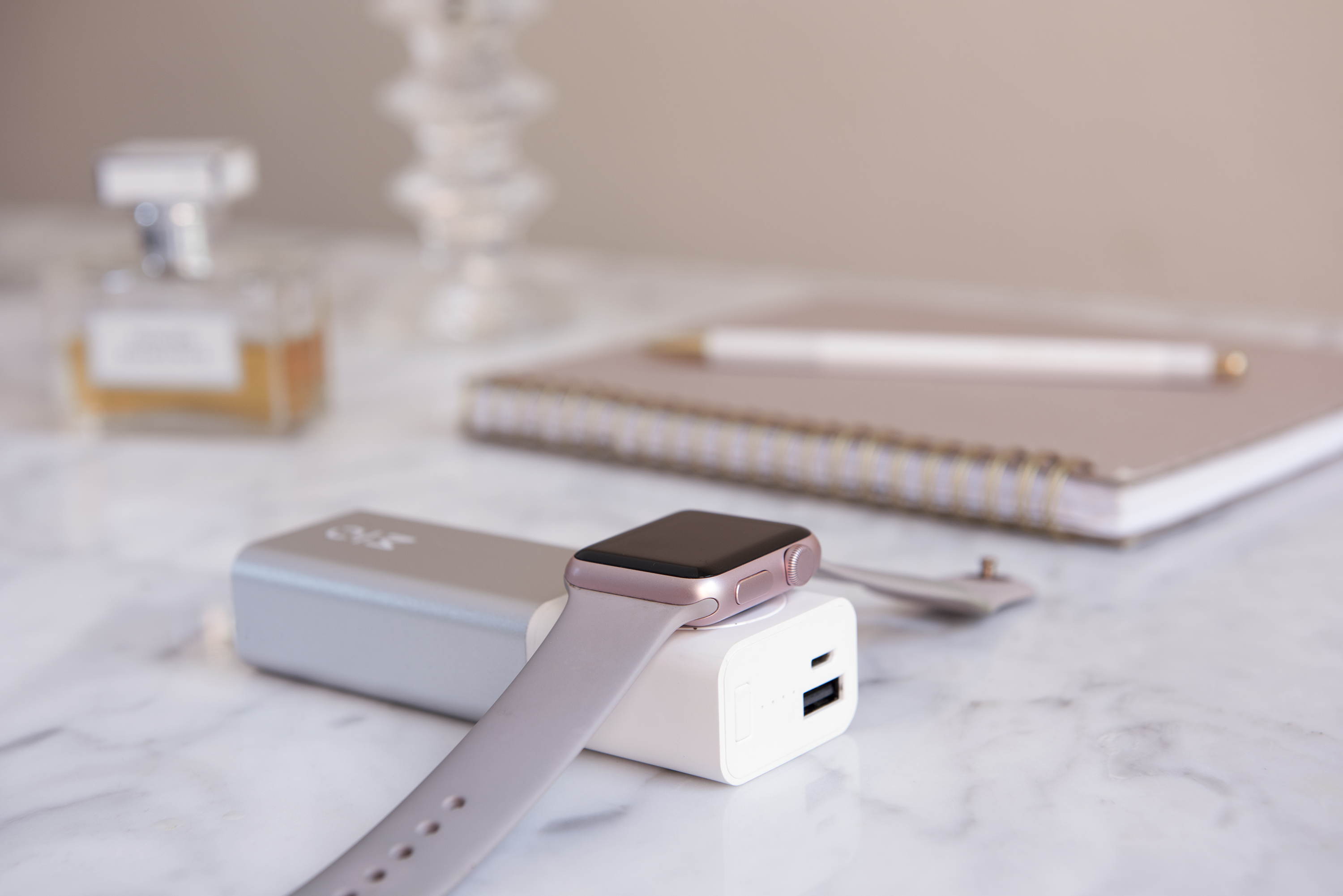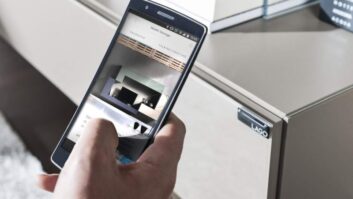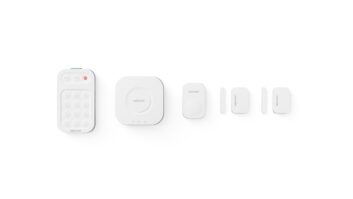
Watches are hot. Smart watches, that is.
In consumers’ seemingly un-satiated appetite for the latest tech gadgets, smart watches, from the new Apple Watch Series 4 to Fitbit Versa, have proved themselves not only relevant enough to secure a portion of consumers’ electronics wallet share, they also are poised to outpace fitness trackers to fuel demand in the wearables category.
In the $8.5 billion U.S. wearable electronics market, “smart wearables,” or smart watches, will see an annual average growth rate of 14 percent for units sold over the next five years while sales are forecast to rise an annual average of 7 percent, according to market research firm Euromonitor. In contrast, fitness trackers will see both sales and units sold decline through 2023 on an annual average basis.
“We expect pretty strong growth in smart wearables,” said Luis Zamudio, home and technology research analyst at Euromonitor, adding the firm defines “smart wearables” as those that have access to an app store to download third-party apps. “The consumer base is definitely expanding. For those who originally didn’t see the need, (smart watches) are just becoming more functional. Consumers are also proving they are willing to pay more for functionality.”
One telling example is the latest Apple Watch Series 4 that has become the highest-priced model since Apple introduced its first watch in 2014. The new model comes with not only a larger screen but also the game-changing ability to conduct an ECG heart exam and detect a fall.
While there are still more U.S. consumers who own a fitness tracker than a smart watch, watches, led by Apple, are picking up pace. NPD Group’s latest survey data showed that 16 percent of U.S. adults own a smart watch, up from 9 percent since the middle of 2017, said Weston Henderek, director of connected intelligence at NPD Group. By the end of 2018, he estimated 40 million smart watch units will be owned in the U.S., with Apple garnering 55 percent share of that market.
In contrast, fitness tracker, with about 50 million units expected by the end of 2018, has seen its consumer adoption rate rise at a slower pace to about 21 percent to 22 percent of US adults, up from 18 percent in the middle of 2017, Henderek, said, adding Fitbit has 70 percent of that market.
Watch: Amazon Ring Spying On Customers?
“Watches are catching up very quickly,” he said. “The ability of smart watches has finally evolved. There’s been a shift from traditional fitness trackers toward full-feature smart watches.”
Fitbit, Garmin and fashion watch label Fossil have felt the impact of the market shift and have responded. They have introduced their own smart watches featuring larger screens, options for users to connect to cellular network without being tethered to a phone, fitness coaches or pay for things with their watches. Fossil also has pushed demand with so-called hybrid watches that look like a traditional watch but with smart connected features.
(Editor’s note: Fossil’s smart watch tech was purchased by Google for $40 million last week.)
With Apple Watch Series 4’s increased health care focus, other device makers also are expected to double down on that front going forward, analysts said.
“This is an area that others will have to catch up to Apple,” Euromonitor’s Zamudio said.
In another telling example that smart watches are going to be the dominant wearables form factor, Fitbit said in October smart watch sales have jumped to 49 percent of its revenue from less than 10 percent a year ago.
The broader consumer interest also has expanded smart watches’ retail distribution.
“It’s become a mass market device,” NPD’s Henderek said, adding smart watches used to be sold primarily by manufacturers directly. “It’s become a much more diversified retail landscape. The big jump has been in consumer electronics (retail), mass market and Amazon.”
Smart watches surfacing as the winner aside, the buzz in the wearables space is surely not limited to just what’s on the wrist. Smart eyeglasses that remind you to have better posture, smart clothing with sensors and smart earphones that track heart rate among other biometric signs are just some of the products that hope they are the next it gadget consumers will adopt en mass.
“The headphones have more potential,” Euromonitor’s Zamudio said. But “you have to convince people your products are accurate. … Smart clothing still has a lot of obstacles to overcome.”













